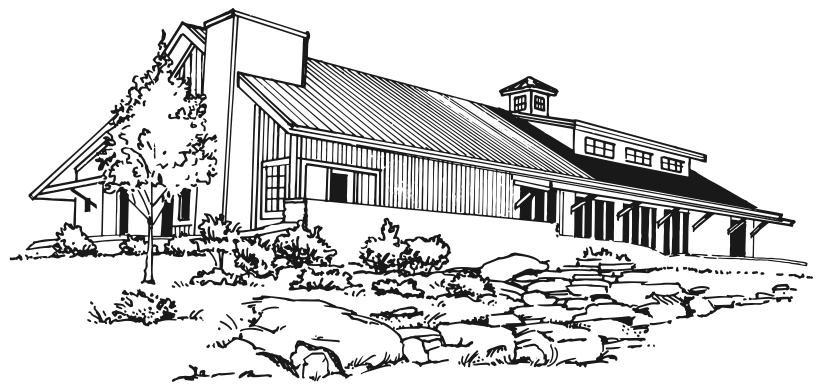Editors Harold Underdown and Eileen Robinson are the faculty hosts for our Revision Retreat. Here they share some thoughts about working with your characters:
Your Revision Toolbox
Want to create characters that step off the page? Here are some tools and tips you can play with to explore the many sides of your character.
Cool Tools
Cool Tool #1: Secondary Characters are People Too
If you are stuck, put a secondary character in the driver’s seat for a while by making him the main character. How would that change each scene and the direction of the story? Might doing this give you some new ideas about your characters and your story as you revise?
Here is one way to explore this idea: Pick a scene where your protagonist is speaking with another character or is involved in some kind of action with another character. Have them switch places so that your secondary character is in your protagonist’s shoes. Rewrite the scene. How would that change the dynamics of that scene? How might that change what happens next in the chapter? Is there a more interesting outcome? Did you learn something you didn’t know about either character? How might that knowledge change the direction of that scene or chapter or story?
Now you have learned something more about your protagonist, and you’ve undoubtedly learned something about your secondary character. Now that you know both of them better, ask yourself how you can put your secondary character to better use? How can he help the main character grow? How does he see the world and how can he show the reader a different perspective so your reader is getting a broader view of the world they live in?
Cool Tool #2: Explore Characters through Setting
Unless it’s historical fiction or science fiction, etc., sometimes authors lose sight of their settings or don’t take full advantage of them. This can sometimes result in readers never feeling grounded. How important is the setting of your story? Does it just act like a backdrop or have you created a place where only your story can exist? Challenge yourself! Put your characters in different settings and see what happens. You can do this with the entire story, or start out with a chapter or two as a test if you are writing a novel. Since setting can set the tone and affect how characters see things and respond to one another, finding the right setting can make for a richer story and characters, and even if the setting is not one you would choose, you will have learned so much about the people who inhabit your story.
Pick a scene or chapter and try putting your characters in another time, another state or country, in the middle of another culture (forcing the characters to overcome obstacles while trying to understand another language and customs). Or, how about a discussion in a car stuck in traffic during a heatwave, with no air conditioning and no refreshments, when all the electronics have died–instead of in the kitchen at home? Or maybe a combination of these? What would happen next?
Quick Tips
Quick Tip #1: It’s All in the Script
When revising, a good way to test your dialogue is to take out all the dialogue tags and the narrative in a scene. What do you see? What do you feel? Do you hear anything in-between the lines? What’s missing that you’d like to be there? Are you using dialogue just to give the reader information or is it moving the story forward?
Quick Tip #2: Journaling
Buy a journal for each of your characters, down to the look and the feel of what they might choose. Write in their voice, from their point of view. Make entries on a daily or weekly basis. What would they say in the privacy of that journal and how would they say it? Go to the library, to the park, a bookstore, or a coffee shop–how might your protagonist or other characters view those places or the people they see there or what they might overhear?
During our Revision Retreat, you’ll get tips like this and more throughout the course.








